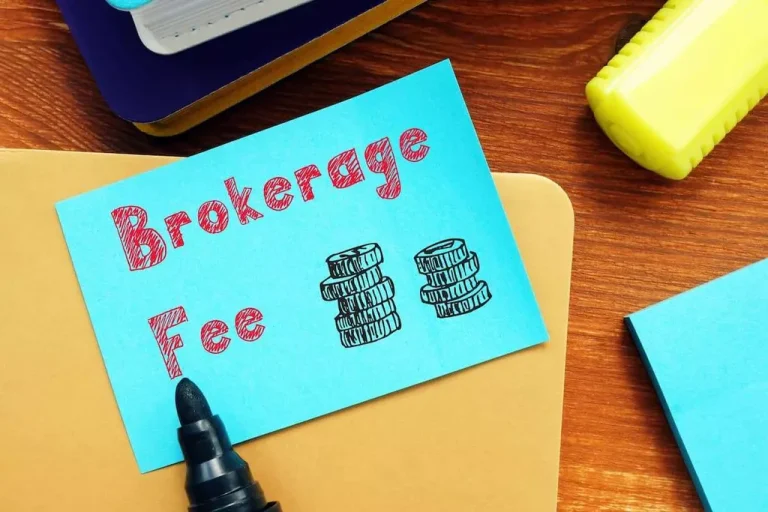Setting up direct deposit is as simple as filling out a paper or online form and submitting it to your company. Then, your company may send payments directly to your bank account instead of mailing you a check for you to deposit. Direct deposit helps you to collect your money more quickly. Learn more about how to set up direct deposit and the advantages for both employees and companies.
What Is Direct Deposit?
Direct deposit is a procedure of putting money online into a bank account. Typically the money is a paycheck or a benefits check, but it can also be various sorts of remuneration. With this approach, banks may avoid writing paper checks for payments and you can obtain your money sooner.
In the instance of a paycheck, an employer’s banking institution transmits a request for a direct deposit to the Automated Clearing House (ACH) network. ACH conducts computerized money transfers among banks and credit unions. The network handles the direct deposit and transmits it to an employee’s bank institution. Then, the dollar amount of the direct deposit shows in the employee’s account and the same amount comes out of the employer’s account.
Is Direct Deposit Required?

Some states enable businesses to demand direct deposit for some or all employees, with specific limitations. However, companies in most jurisdictions must offer employees to choose whether they receive paychecks by direct deposit. If the employee does prefer to have their money electronically deposited, they normally must express their approval in writing.
Meanwhile, all federal assistance payments must be paid electronically, either through direct deposit or a Direct Express debit card.
Regardless of any government regulations, direct deposit is commonly utilized in the United States:
-
95% of American workers receive paychecks through direct deposit.
-
95% of American taxpayers receive federal tax returns by direct deposit.
-
99% of Americans receive Social Security income through direct deposit.
How To Set Up Direct Deposit
Here are five steps for setting up direct deposit for a paycheck, a process that normally occurs when you start a job:
-
Get a direct deposit form from your employer: Some workplaces may allow you to set up direct deposit online.
-
Fill out the form: Information you’ll need to supply includes the name of the account holder, name, address, and routing number of the financial institution, account type (checking or savings), and account number.
-
Determine how much of your money you wish to put into an account: You may often send the whole amount to one account or divide a direct deposit among checking and savings accounts, if you’d like.
-
Submit a voided check: Most, but not all, businesses demand a voided check to sign up for direct deposit. A voided check can’t be used to make a payment, but it may be used to furnish and verify account information.
-
Submit the form: Make sure the information on the direct deposit form is correct before you deliver it to your employer. It may take one or two pay weeks for a direct deposit request to take effect.
-
Many banking institutions allow you rapid access to a direct deposit paycheck. However, it can take one to three days for money from a direct deposit paycheck to become available.
Read Also: Three Skip and Saving Strategies to Steal
Benefits of Direct Deposit

Both employees and companies can profit from direct deposit of wages.
Direct Deposit Benefits for Employees
-
Employees can get paid faster.
-
Employees can divide a paycheck among bank and savings accounts.
-
Employees may obtain their paychecks without needing to visit a bank, travel to an ATM, or perform a mobile deposit.
-
Employees can prevent the danger of a paper check being misplaced or stolen.
Direct Deposit Benefits for Employers
-
Employers may limit the possibility of check fraud.
-
Employers can decrease payroll expenditures.
-
Employers may avoid the headaches of processing and delivering paper checks.
-
Employers may enhance recordkeeping.
Frequently Asked Questions (FAQs)
Can I Set Up Direct Deposit Online?
Your company may allow you set up direct deposit online. If not, you’ll need to complete a paper form and send it to your company.
How Much Does it Cost to Set up Direct Deposit?
Typically, there is no expense for employees to set up direct deposit. An employee normally pays nothing to get their pay through direct deposit. Employers might need to pay fees to set up direct deposit capabilities, though.
Do You Need a Bank Account to Set up Direct Deposit?
You normally need a bank account to set up direct deposit. Some banking institutions provide free or low-cost accounts for clients who get their salary through direct deposit. In addition, you may be able to get direct deposits via a prepaid debit card, such a workplace payroll card. You also may be able to send direct deposits to accounts connected to payment applications or online payment systems.
The Bottom Line
Direct deposit is a typically safe, simple means for an electronic payment—such as a paycheck or Social Security check—to be deposited from the sender’s bank account to the recipient’s bank account or accounts. Direct deposit can be set up by filling out a paper or online form. When it comes to paychecks, it may take one or two pay weeks for a direct deposit request to take effect. A vast majority of employees utilize direct deposits to get their paychecks, but whether it is beneficial for you may depend on your position.










